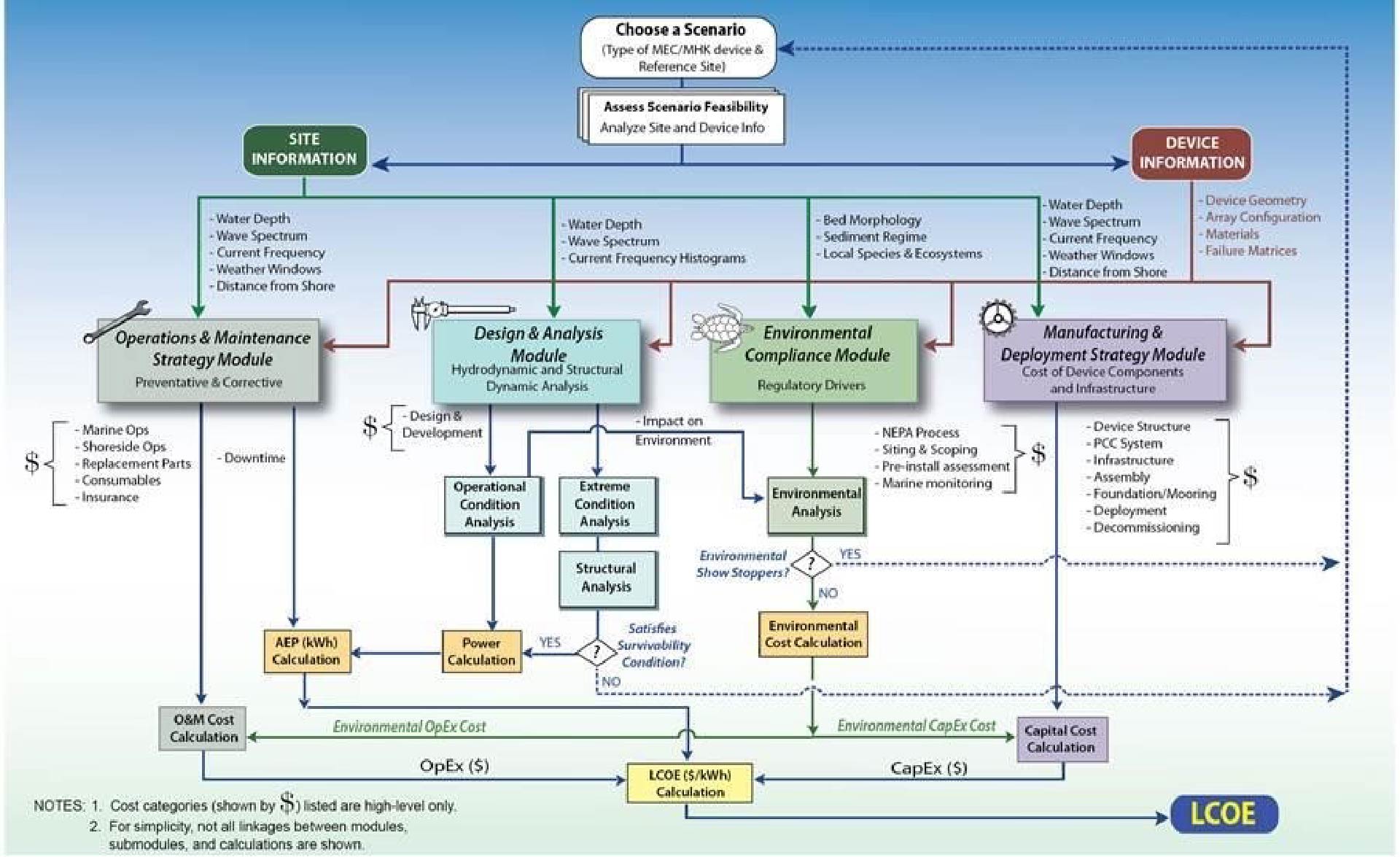
Measuring Prosperity: Economic Performance Metrics Unveiled

Measuring Prosperity: Economic Performance Metrics Unveiled
Understanding and evaluating a nation’s economic performance is essential for informed policy-making and strategic decision-making. This article delves into the significance of economic performance metrics, exploring key indicators that offer insights into a country’s economic health and prosperity.
Gross Domestic Product (GDP): The Yardstick of Economic Output
Gross Domestic Product (GDP) remains a fundamental metric for measuring economic performance. It quantifies the total value of goods and services produced within a country’s borders over a specific period. A rising GDP often indicates economic growth, while a decline may signal economic contraction. However, GDP alone doesn’t provide a comprehensive view of prosperity.
Unemployment Rates: A Reflection of Labor Market Dynamics
The unemployment rate is a critical metric reflecting the health of the labor market. Low unemployment rates suggest a robust job market and economic vitality, while high rates may indicate economic challenges. Analyzing unemployment rates by demographic groups provides a more nuanced understanding of how economic opportunities are distributed across the population.
Inflation Rates: Balancing Stability and Growth
Inflation rates measure the average change in prices of goods and services over time. While some inflation is natural in a growing economy, excessively high inflation can erode purchasing power. Central banks often aim for a balance, maintaining stable prices to promote economic stability. Monitoring inflation rates helps policymakers make informed decisions on monetary policy.
Income Inequality Metrics: Assessing Social Equity
Economic performance isn’t solely about overall growth; it also involves examining how prosperity is distributed among the population. Metrics related to income inequality, such as the Gini coefficient, provide insights into the distribution of wealth. Higher income inequality can impact social cohesion and hinder sustainable economic development.
Trade Balances: Evaluating Global Economic Interactions
Trade balances, comparing exports to imports, offer a glimpse into a nation’s global economic interactions. A trade surplus (more exports than imports) can contribute to economic growth, while a deficit may raise concerns. Understanding trade dynamics helps assess a country’s competitiveness in the global market and its ability to sustain economic activities.
Foreign Direct Investment (FDI): Attracting Capital for Growth
Foreign Direct Investment measures the influx of capital from overseas into a country’s economy. FDI can stimulate economic growth, create jobs, and enhance infrastructure. Monitoring FDI metrics indicates the attractiveness of a country for international investors, reflecting confidence in its economic prospects.
Debt-to-GDP Ratio: Balancing Fiscal Responsibility
The debt-to-GDP ratio assesses a nation’s debt relative to its economic output. While some level of debt is common for governments, a high ratio may signal fiscal risks. Maintaining a balance is crucial for fiscal responsibility, ensuring that debt levels are manageable in the context of economic performance.
Happiness and Well-being Metrics: Beyond Material Prosperity
Beyond traditional economic indicators, measuring happiness and well-being provides a more holistic view of a nation’s prosperity. Metrics like the World Happiness Report consider factors such as social support, freedom to make life choices, and perceptions of corruption. Prioritizing citizen well-being is increasingly recognized as a vital component of economic success.
Environmental Sustainability Metrics: Balancing Growth and Conservation
As the world faces environmental challenges, incorporating sustainability metrics is crucial. Assessing a nation’s ecological footprint, carbon emissions, and conservation efforts provides insights into its commitment to environmental responsibility. Sustainable economic practices are vital for long-term prosperity that doesn’t compromise the health of the planet.
Technological Adoption Metrics: Driving Innovation and Competitiveness
In the modern era, technological progress is a key driver of economic success. Metrics related to technological adoption, such as research and development spending, patent filings, and digital infrastructure, reflect a country’s commitment to innovation. Embracing technology enhances competitiveness and contributes to economic resilience.
Evaluating Comprehensive Prosperity
In conclusion, assessing economic performance goes beyond single metrics. A comprehensive evaluation involves considering a range of indicators that collectively provide a nuanced understanding of a nation’s prosperity. By analyzing GDP alongside unemployment rates, income distribution, sustainability efforts, and innovation metrics, policymakers can make informed decisions to enhance overall economic well-being.
Explore more about Economic Performance Metrics at careerth.com
